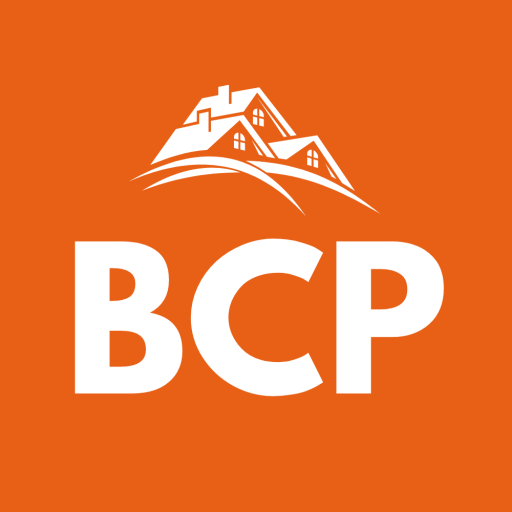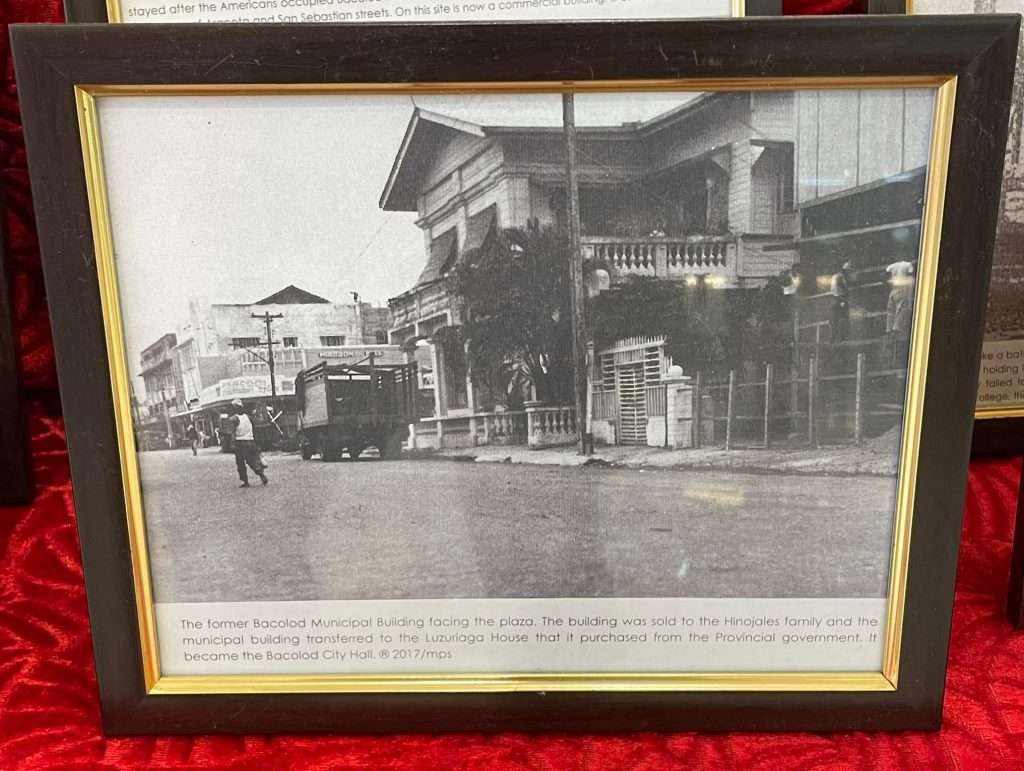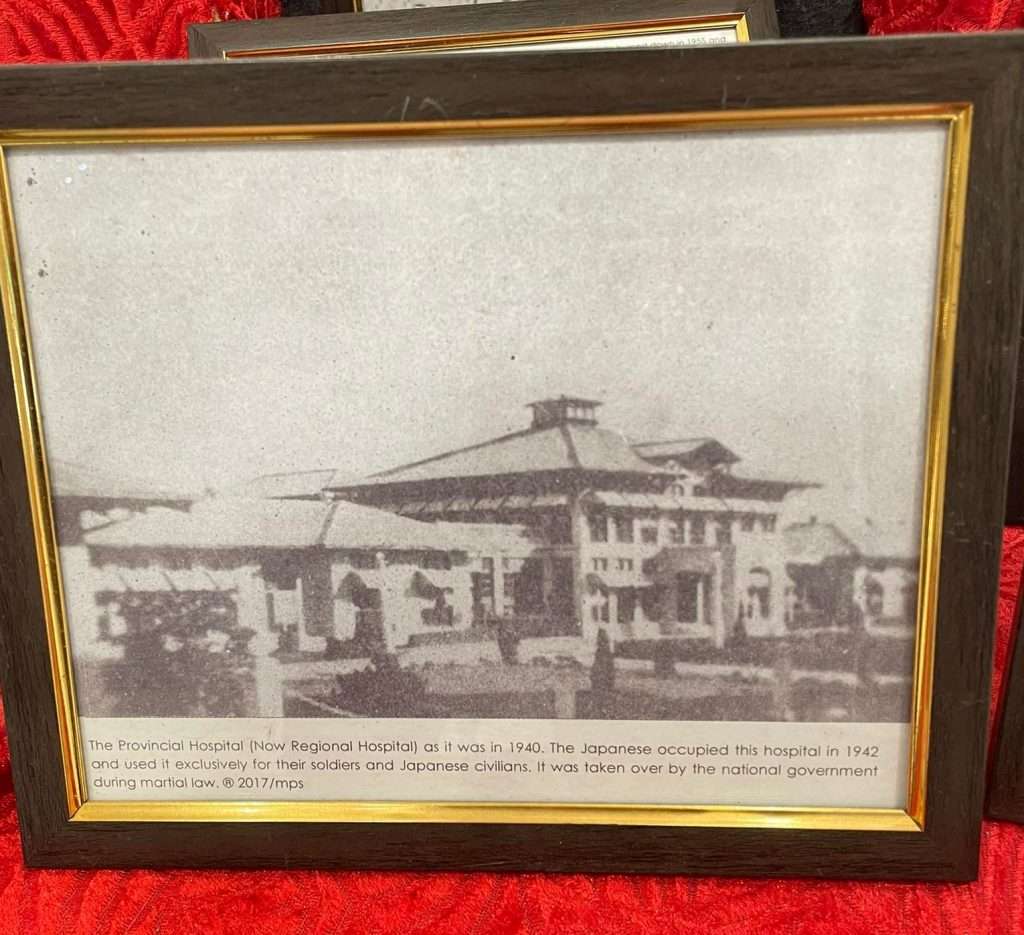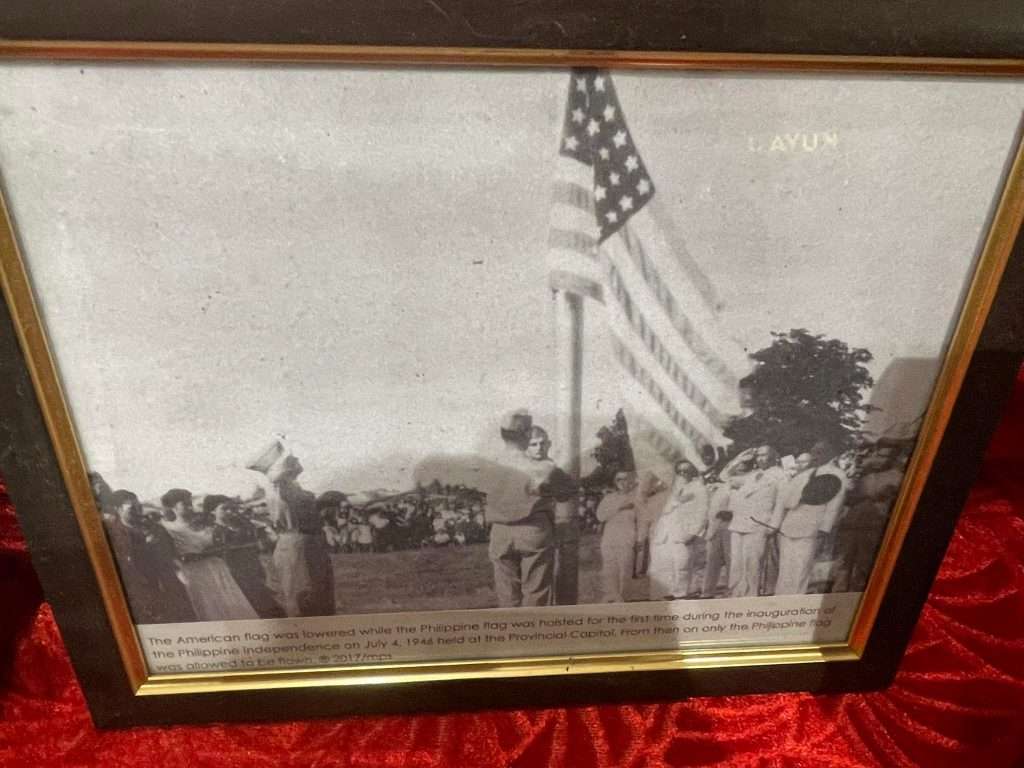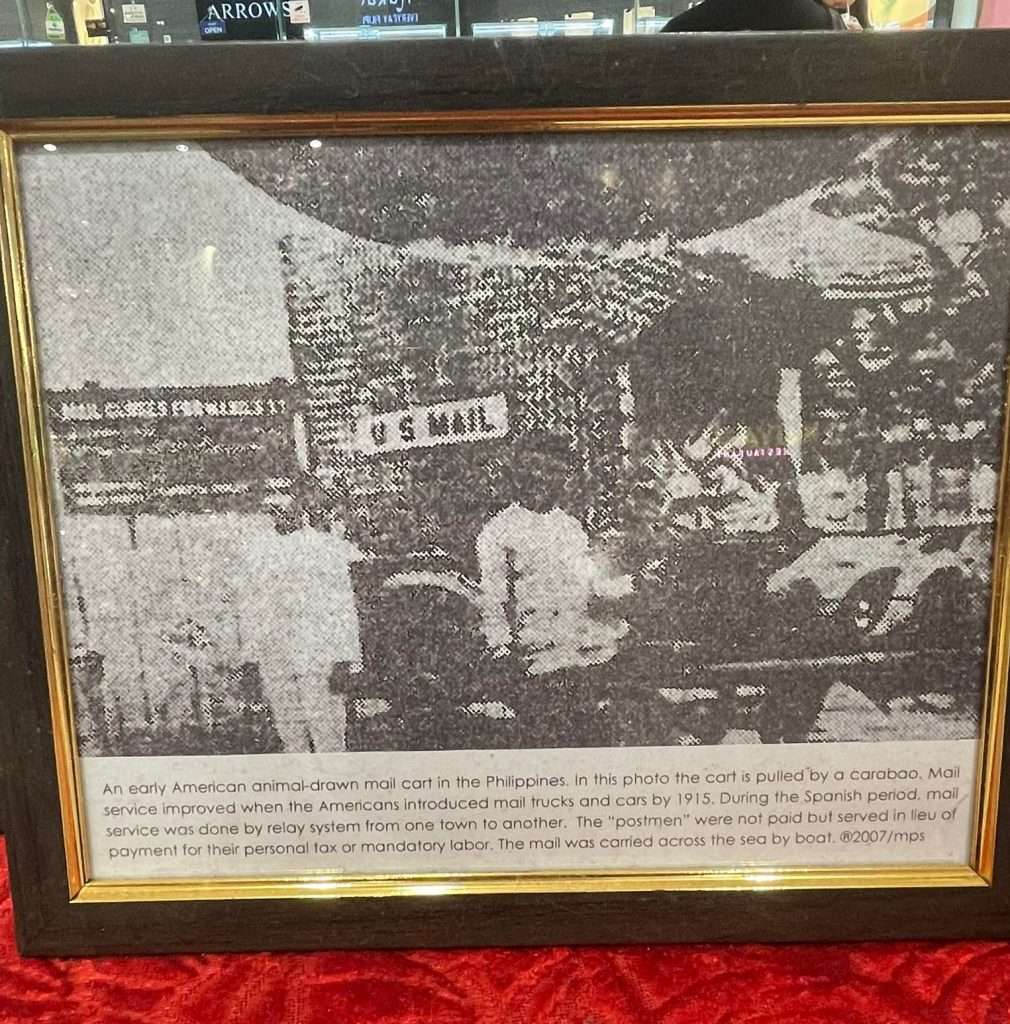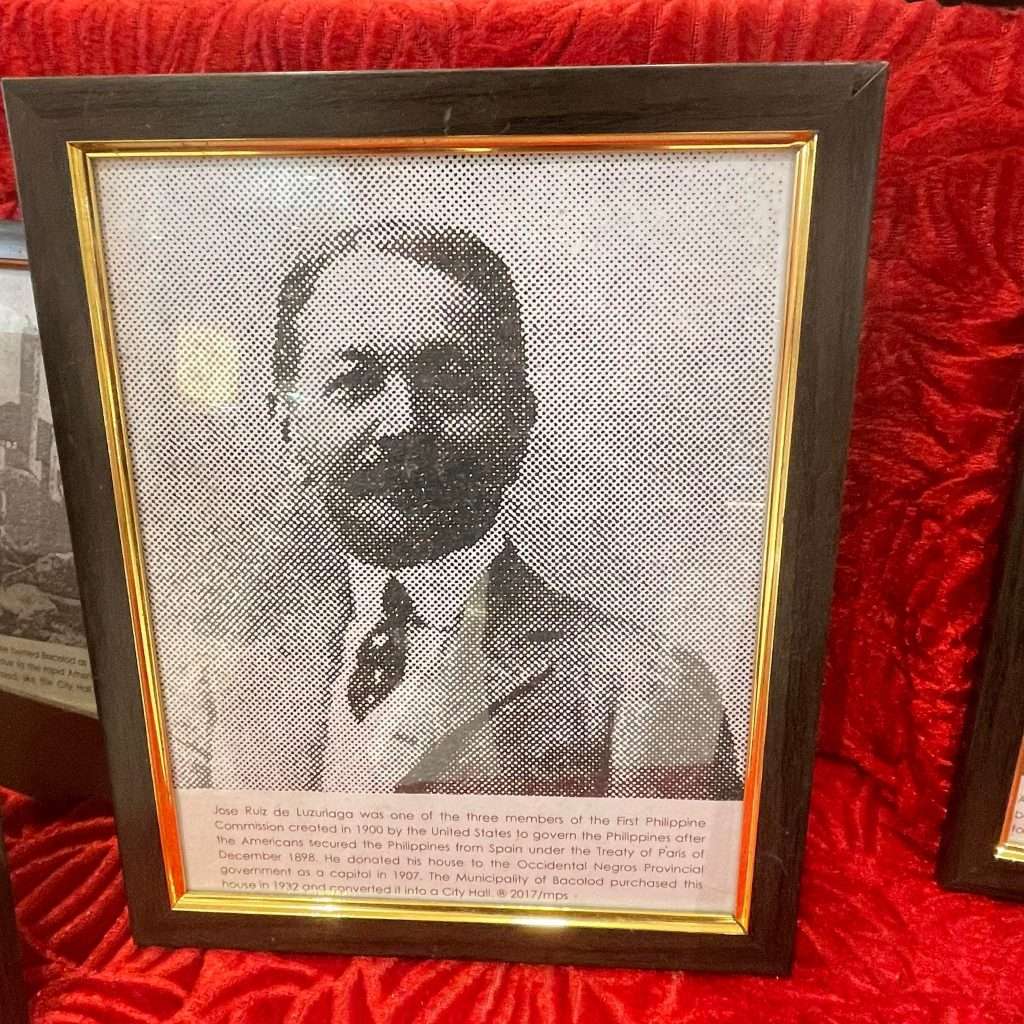Bacolod History in Pictures
I saw these Bacolod City historical pictures in SM Bacolod this November 2021. I tried to find out who set-up this gallery, but I was not able. I presume these are public domain since the dates of creation are beyond 50 years ago. When I have the knowledge of the gallery curator, I will update this blog.
More likely, this gallery was made possible in coordination with the Local Government and some historically-concerned society. I thought of sharing these old domain pictures so more people can benefit with knowledge. The text beside each photo below is the captions found therein.
Click each picture to expand. (Note: If you have rights to these captions or any part therein, and would like to remove them, simply contact this site)
The former Bacolod Municipal Building facing the plaza. The building was sold to the Hinojales family and the municipal building was transferred to the Luzuriaga House that it purchased from the Provincial government. It became the Bacolod City Hall. Now, this site is used as an extension of the City Hall. The main City Hall of Bacolod now stands along Circumferential Road in Villamonte.

Bacolod police officer Fernando Morilla wearing the police uniform in fhe 1940. At The time the police was directly under the Mayor. They were recruited, ‘rained and supervised by the local government. The control of the police was taken from the local government by martial law in 1972 and consolidated under one command under the President. ®2017/mps

The Bacolod Public Market (seen from Bonifacio Street side) in 1945. The market was burned down in 1955 and the present one was constructed. The first market on this same site was constructed in 1916.® 2017/mp
The Provincial Hospital (Now Corazon Locsin Regional Hospital) as it was in 1940. The Japanese occupied this hospital in 1942 and used it exclusively for their soldiers and Japanese civilians. It was taken over by the national government during martial law. ® 2017/mp
Caption: Bacolod’s elite celebrated the All Souls Day in 1940 at the University Club with Costumes Party.
The American Flag was lowered while the Philippine flag was hoisted for the first time during the inauguration of the Philippine Independence on July 4, 1946 held at the Provincial Capitol. From then on, only the Philippine flag was allowed to be flown.
An early American animal-drawn mail com in the Philippines in this photo the cart is pulled by a carabao. Mail service improved when the Americans introduced mail trucks and cars by 1915. During the Spanish penad, mail service was done by relay system from one town to another, The “postmen” were not paid but served in leiu of payment for their personol tox or mandatory labor The mail was carried across the sea by boat.
The Japanese commander of Bacolod and Negros. Colonel Kumataro Ota posed with officials of the province and Bacolod at the bandstand of the Bacolod City Plaza. Front row. from left are: Bacolod City Mayor Alfredo C. Yulo. Governor Antonio Uzares. Agriculture Secretary Rafael Alunan. Colonel Ota, and an unidentified Japanese officer. Behind them are Japanese officers and interpreters. The first man in police uniform in the third row is Bacolod Chief of Police Ildefonso Pagkalinawan and farther behind, standing is Bacolod Rre Brigade Chief Cascarro.
The Sacred Heart Seminary and 1he Sacred Heart Chapel in 1958. The Seminary was established in 1946. Its first classes were held at the house beside the San Sebastian Cathedral and vacated in 1948 when the central portion of the seminary was completed. Construction of the chapel began in T94I but was disrupted by the war. J The open field in the foreground of the seminary served as the temporary burial ground for American troops 1 fighting in Negros during World War II. Their remains were excavated when American troops left Negros in October 1945. The war ended in August. ®2007/mps
Governor Jose Locsin, Speaker Manuel Quezon and Senator Mariano Yulo (left of Quezon) in huddle during the 1925 campaign for Philippine independence. The gazebo was in Yulo’s House in Bacolod in what is now known as Yulo’s Park.
Corner of Araneta and Libertad (Hernaez) Streets in 1948. The street to the right is Libertad and the one to the left is Araneta. The dilapidated house is the location of the present Servando building.
The University Club at the shoreline of Bacolod as shown in the 1938 photo was the center of political, social and civic life of the rich of Bacolod, Negros. Located at the west end of Rizal Street, it was demolished when the Bacolod Reclamation Project began in 1976.® 2017/mps
San Sebastian Church (now Cathedral) in 1923. The attached building to its right is Colegio de la Nuestra de La Consolación, now La Consolación College. This building is now the Bishop’s House after LCC built it in 1937. To the left of the church was the mortuary, and farther left was the convent on the Bacolod riest. It became the Sacred Heart Seminary in 1946 and then the La Consolación College Boy’s High Wilding in 1948. It is now LCC’s Collegiate Department Building.® 2017/mps
The plan of attack ot the US 40m Division after the seizure of Bacolod. The city was the focal point of the formation. The three main regiments struck from the west against the Japanese stronghold in Marapara Mountains – Patag and Lantawan. Another regiment, the parachute 503rd attacked from the north and the north east to force the Japanese into a pocket for annihilation. ®2007/mps
The Bacolod High School before it transferred to its new building, now the Negros Occidental High School in 1932. The vacated school building was sold to Bacolod that converted it into West Elementary School. Prior to the war in 1942-1945, there were three BacoJod-owned elementary schools – West, East, and North. They are now called Rizal, Mabini, and Bonifacio. The East Eleemntary School was the first and was known as Bacolod Central School. ®2007/mps
The Bacolod High School was constructed in 1932 through the effort of Senator Ramon Torres on the land donated by Jose Ruiz de Luzuriaga before he left for home in Spain. The high school was transferred from its building which was converted into Rizal Elementary School. ® 2017/mps
Alfredo Montelibano, Sr., the Bacolod businessman who was appointed by Commonwealth President Manuel Luis Quezon as Mayor of Bacolod when the City was inaugurated on October 19, 1938. Montelibano resigned 2 years later and the President appointed Alfredo C. Yulo as mayor.
Fr Mauricio Ferrero, Recollect parish priest of Bacolod (1871-1909) designed the town of Bacolod, defining the location for the plaza, the market place, the residence of the ilustrados or the wealthy around the plaza, the tribunal or government house and the cemetery. He constructed the present San Sebastian Cathedral, the mortuary beside it (now Adoration Chapel), opened the road to Granada and built the Puerto San Juan (later called me Provincial Jail) that was demolished (now 888 Premiere, a commercial bunding). 2017/mps
Jose Ruiz de Luzuriaga was one of the three members of the First Philippine Commission created in 1900 by the United States to govern the Philippines after the Americans secured the Philippines from Spain under the Treaty of Paris of December 1898 He donated his house to the Occidental Negros Provincial government as a capitol in 1907. The Municipality of Bacolod purchased this house in 1932 and converted it into a City Hall.
An American solider surveys the wreckage of a Japanese Zero fighter that was shot by American fighters before it could take off from the Bacolod airfield. The Bacolod airfield was one of the three largest Japanese air force bases. The other two were Guimbalaon in Silay and Fabrica in Sagay.
Bacolod residents celebrating the American Independence Day on July 4, 1912. Note the American flags. The Philippine Flag was not allowed to be flown or displayed until 1935, when it was permitted to fly under the American Flag.






